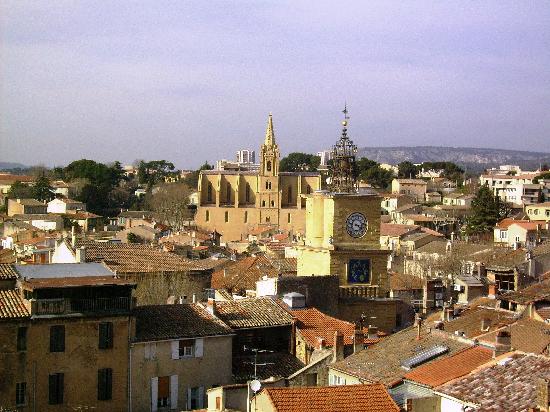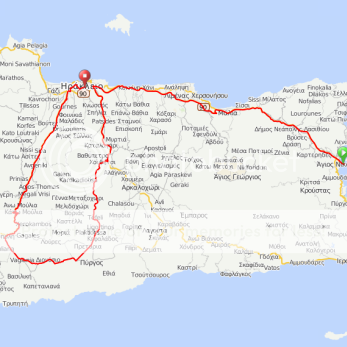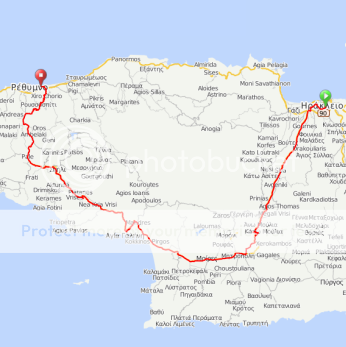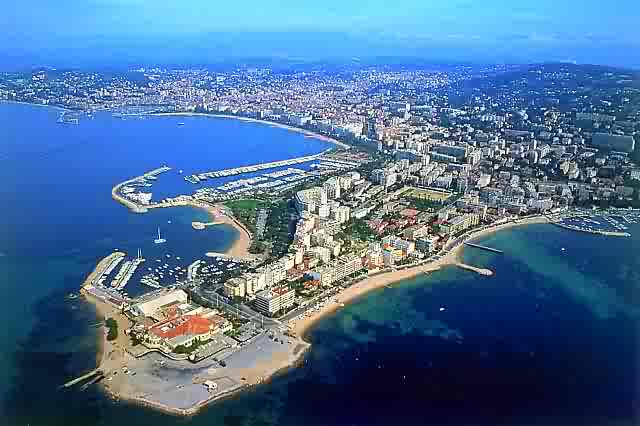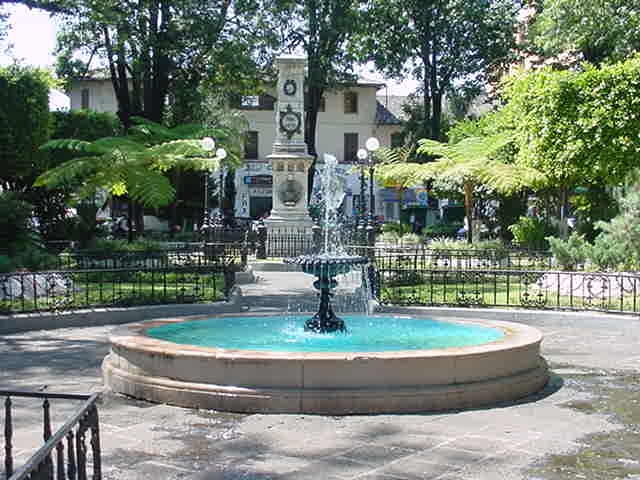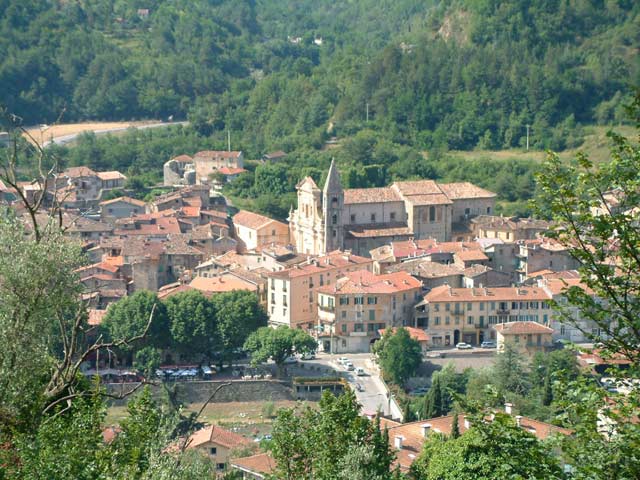Stage 16: Sospel - Barcelonnette, 199km
Climbs:
Cime de Grand Braus (Plan Constant)(cat.1) 15,2km @ 5,4%
Col de Turini (cat.1) 13,8km @ 4,4%
Col Saint-Martin (cat.1) 19,0km @ 5,0%
Col de la Couillole (HC) 16,0km @ 7,3%
Col de Valberg (cat.3) 6,1km @ 3,8%
Col de la Cayolle (HC) 20,5km @ 6,3%
Points:
Saint-Sauveur-sur-Tinée, 92km
Barcelonnette (Avenue de Nice), finish
After a refreshing rest day in Nice, enjoying the Mediterranean sunshine on the Côte d'Azur, the riders now face the first big day in the Alps, which sees us transition through Alpes-Maritimes and into Alpes-de-Haute-Provence over six categorised climbs, of which only one is below category 1. I've always felt that this is a region that is underused in modern times in the Tour de France; sadly the time of year means that many of the best climbs are off limits to Paris-Nice, the only major race that passes through the region, as well. As a result I'm giving the riders a big, multi-climb stage through the region to sink their teeth into. There will be some tired legs at the end of this one, believe me.
The départ for the day is the small Mentonasc town of Sospel, sitting in one of the many valleys on the route from Nice to Turin. No sooner have the riders reached kilometre zero than the road turns uphill. The first challenge of the day is actually one of the most climbed roads in the history of the Tour, although we haven't seen it in a long, long time now. The
Col de Braus, long forgotten to the Tour, is a solid 11,2km at 5,7%, offering a challenging warmup to the riders as a threat of what's to come, and to allow fans and viewers to marvel at
the road and
the scenery on the way, plus also pay tribute to René Vietto, the second winner of the mountains classification of the Tour all the way back in 1934, whose tombstone is laid at the Col de Braus. However, rather than heading back down towards L'Escarène, the riders will continue uphill towards the
Col de l'Ablé. Looking at that profile you will note the Col de Braus partway up; we are continuing to do this climb - the points will be awarded at Plan Constant, beneath the summit of the Cime de Grand Braus.
The first climb of the day over, the riders may be glad for a bit of a break. But they don't get much of one; only 5 kilometres later they reach the Pas de l'Escous, where the road turns uphill again to take them up the tangled roads to
Baisse de la Cabanette. The route to our next mountain stopoff, the
Col de Turini, looks rather like
this, only missing a bit of the start of the climb as we are joining it at the Pas de l'Escous. The relatively low gradient provides a bit of respite for the riders, before they take on the highly technical descent into Roquebillière.
Next on the menu is the long drag up to the
Col Saint Martin. The riders don't take on the first 4 kilometres of that profile, joining from the Turini descent at that point. Though this climb is never really steep - its steepest phase being just 7,5% - it is long and does not really let up, so though any decisive moves are unlikely, it will allow the stage to transition from the early climbs to the focal points of the stage. The
views down into the valleys will remind the riders of how far they've come, and how far they must come again as well, as though we have reached
1500m, there's much, much more climbing to be done. The descent from the Colmiane station is easier than the one from Turini, but still challenging enough to make the riders think a bit on the way down to the intermediate sprint in the town of
Saint-Sauveur-sur-Tinée shortly before the halfway point in the stage.
The next climb, however, is where the real trimming of the pack will take place. Probably the hardest climb of the day, the
Col de la Couillole averages over 7%, and spends most of its time in that region, consistently putting in kilometres in the 7s and 8s, and occasionally 9s too. It has, perplexingly, only ever been used once in the Tour de France, all the way back in 1975, and that was in the opposite direction. Still, at least it was a great climber who topped it - Lucien van Impe is the first man across the col forevermore. The riders will also pass through the
Gorge de Cians, perhaps the nearest thing that the Tour can offer to the incredible beauty of the Sottoguda Gorge on my beloved Passo Fedaia. Of course, it's not all as spectacular as the Gorge, but the rest of it
is quite spectacular too. The scenery may distract from static racing; there are still 90km left to ride when the riders pass the summit of the Couillole, so while many a rider may go out the back, there may well not be any going off the front.
After Couillole, we have the short and transitional, two-stepped climb of the
Col de Valberg to come. Much as Sourzay was just a little addendum to Errozate,
Valberg is just a little addendum to Couillole, before the riders face a twisty but fairly gradual descent into Guillaumes with 61km to go. Now, the final climb of the day, and the longest too. After a short stint of false flat leading in, the
Col de la Cayolle unleashes its fury on the riders. This long and difficult climb has only been used 3 times by the Tour - in 1950, 1955 and 1973; it has lain dormant since then. It announces itself after a short period of gradual climbing with a lengthy phase at 8%; a brief respite at 4-5% follows before it ramps up again to average well over 7% for its last 7km, with some steep ramps that can really serve as a launching pad for an attack, especially bearing in mind the twisty and sometimes
dark path that the riders will be winding through the mountains. The road is
cut into exposed hillside higher up, as the riders face steeper and steeper roads, and hopefully, act more and more aggressively as with so much climbing in the legs, surely the riders can find plenty of opportunities to make time on one another on climbs like these. The summit of this final climb of the day, separating Alpes-Maritimes and Alpes-de-Haute-Provence, comes with 29 kilometres still to go, but apart from a few steep, technical bits near the start of
the descent it's fairly easy going and mostly very straight; not one where a superb technical descender can make huge gains, but a big powerful rider who has little fear going downhill can certainly build up a lead here, on the run in to Barcelonnette, the town in the Ubaye valley that serves as the stage town for today.
With the descent finish, one can imagine a breakaway taking it, but the stage has been designed with cumulative climbing in mind so as not to result in fairly timid racing such as that we saw in Jausiers in 2008, and instead try to ape the more successful Sainte-Jean-de-Maurienne stage from 2010. After all, I've done my best to make sure the climbers have the required motivation to animate things early on and break this thing to smithereens.
Sospel:
Barcelonnette:










